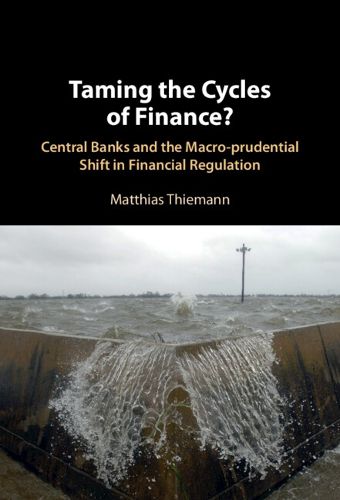Readings Newsletter
Become a Readings Member to make your shopping experience even easier.
Sign in or sign up for free!
You’re not far away from qualifying for FREE standard shipping within Australia
You’ve qualified for FREE standard shipping within Australia
The cart is loading…






Macroprudential regulation is a set of economic and policy tools that aim to mitigate risk in the financial and banking systems. It was largely developed in response to the financial crisis of 2007-08, turning central banks into de facto financial policemen. Taming the Cycles of Finance traces the post-crisis rise of macroprudential regulation and argues that, despite its original aims, it typically supports finance in times of crisis but fails to curb it in times of booms. Investigating how different macroprudential frameworks developed in the UK, the USA and the Eurozone, the book explains how central bank economists went about building early warning systems to identify fragilities in the financial system. It then shows how administrative and political constraints limited the effects of this shift, as central banks were wary of intervening in a discretionary manner and policymakers were opposed to measures to limit credit growth.
$9.00 standard shipping within Australia
FREE standard shipping within Australia for orders over $100.00
Express & International shipping calculated at checkout
Macroprudential regulation is a set of economic and policy tools that aim to mitigate risk in the financial and banking systems. It was largely developed in response to the financial crisis of 2007-08, turning central banks into de facto financial policemen. Taming the Cycles of Finance traces the post-crisis rise of macroprudential regulation and argues that, despite its original aims, it typically supports finance in times of crisis but fails to curb it in times of booms. Investigating how different macroprudential frameworks developed in the UK, the USA and the Eurozone, the book explains how central bank economists went about building early warning systems to identify fragilities in the financial system. It then shows how administrative and political constraints limited the effects of this shift, as central banks were wary of intervening in a discretionary manner and policymakers were opposed to measures to limit credit growth.